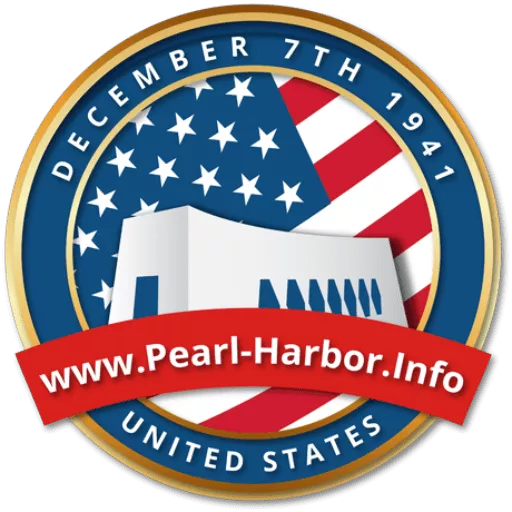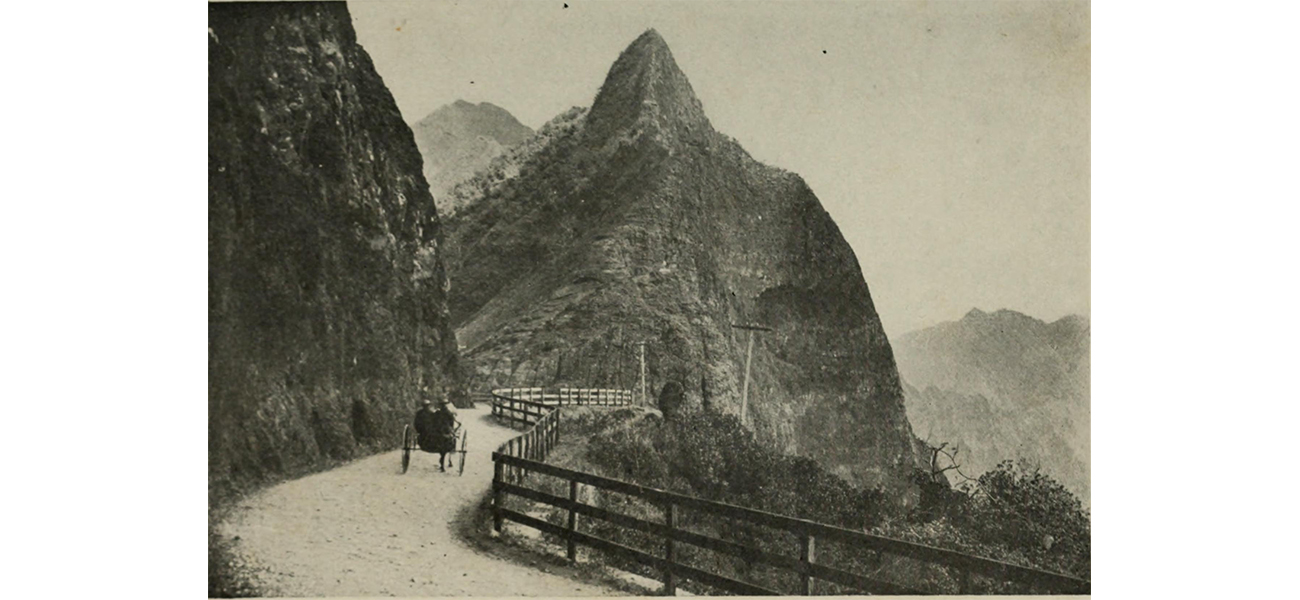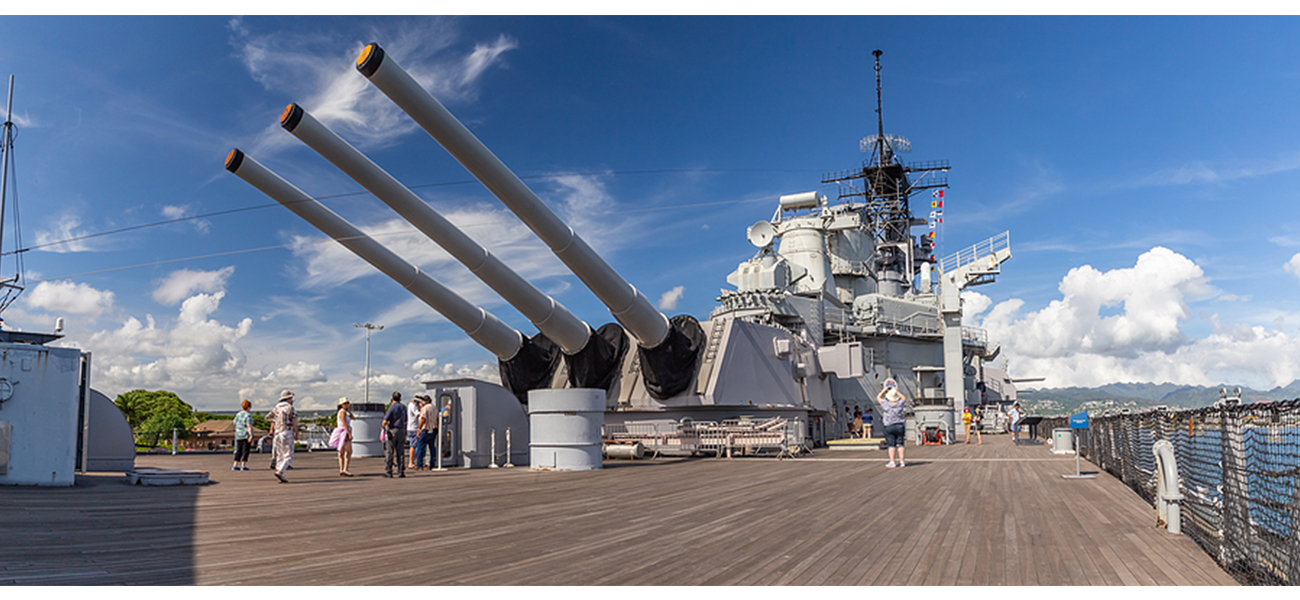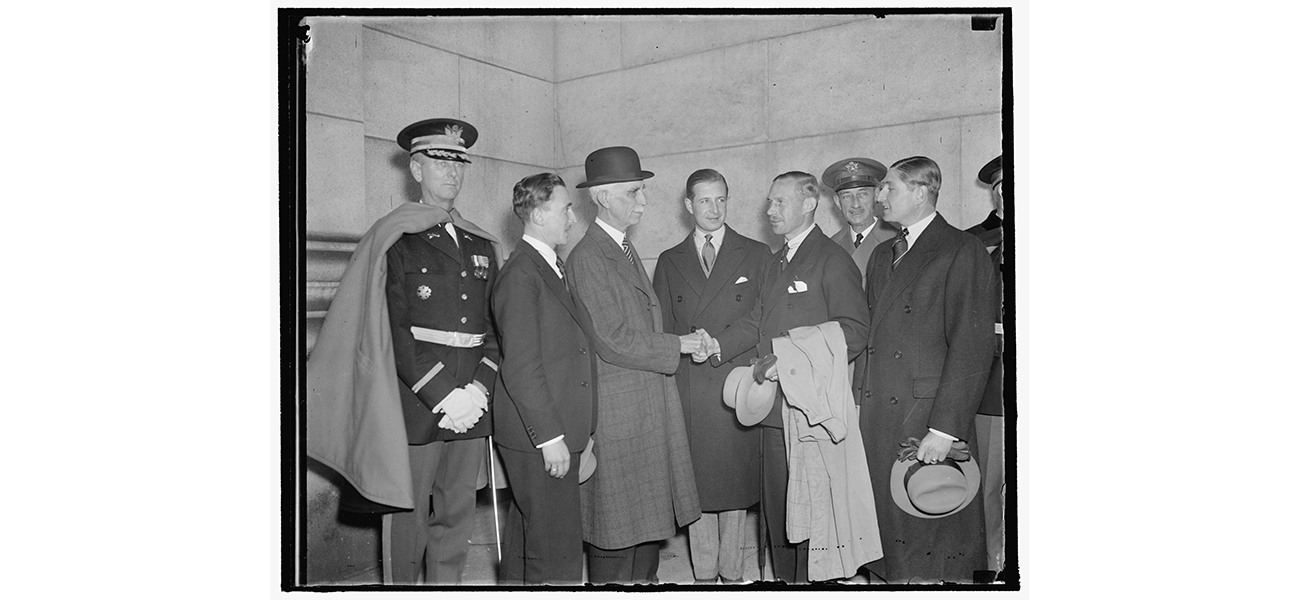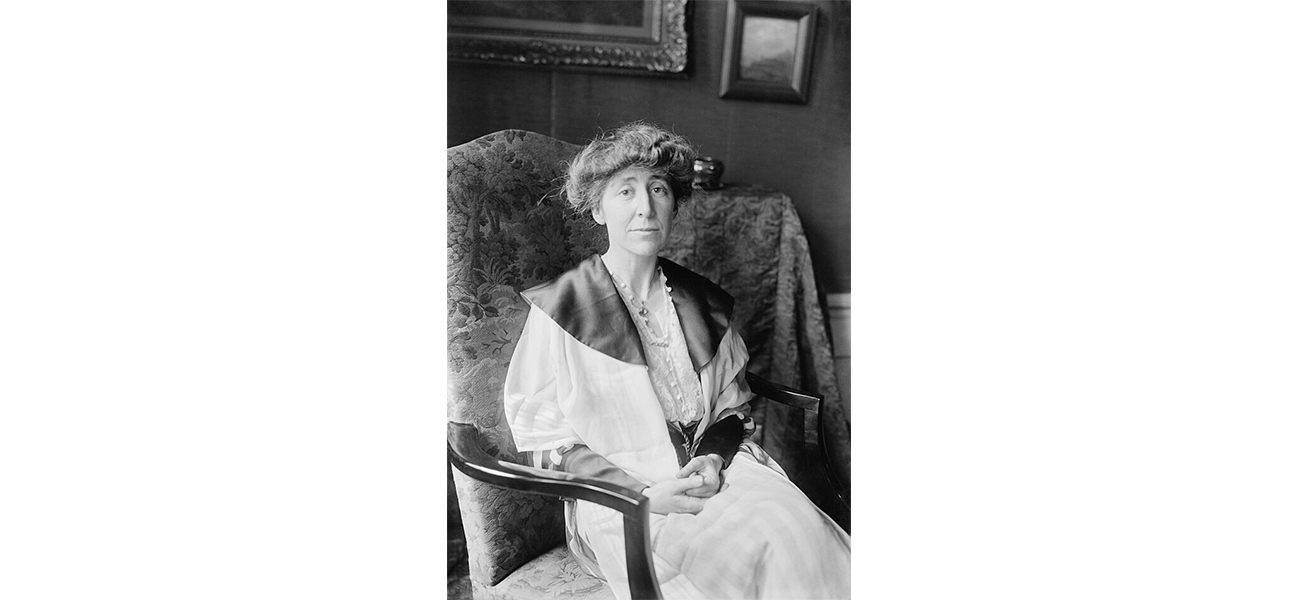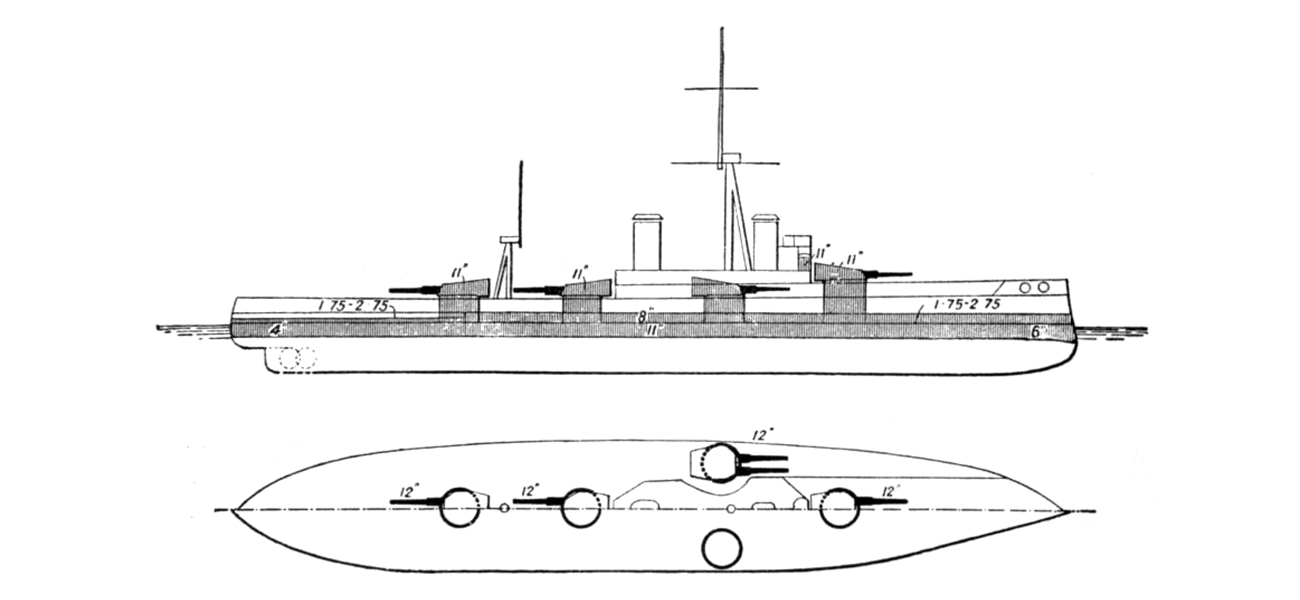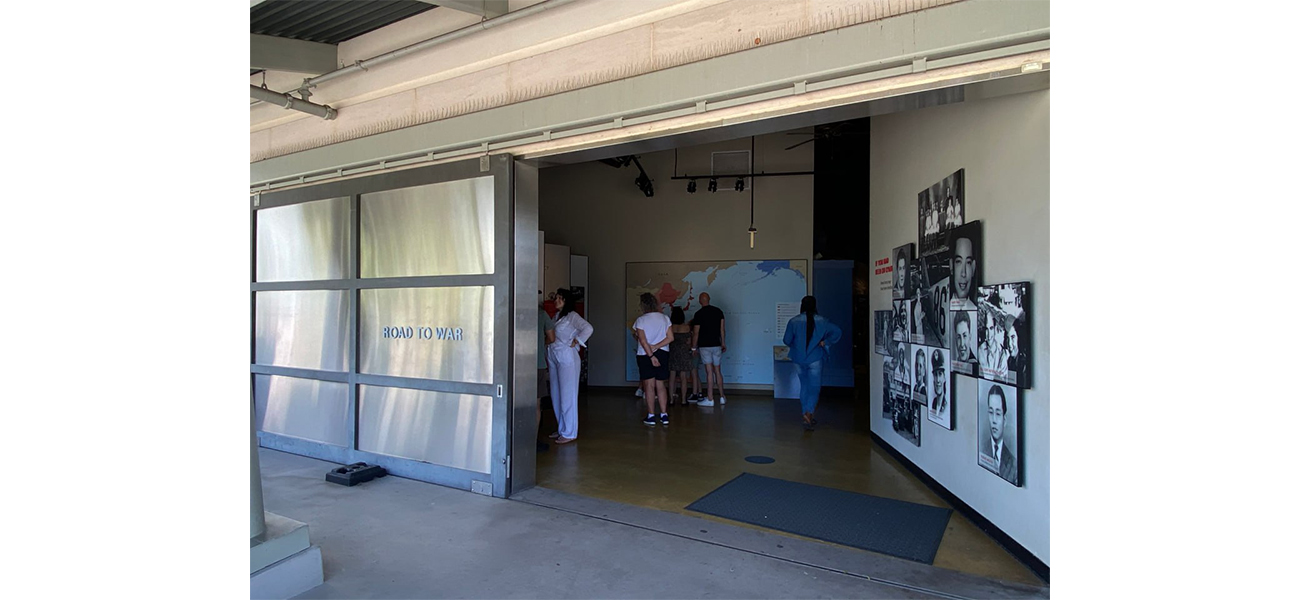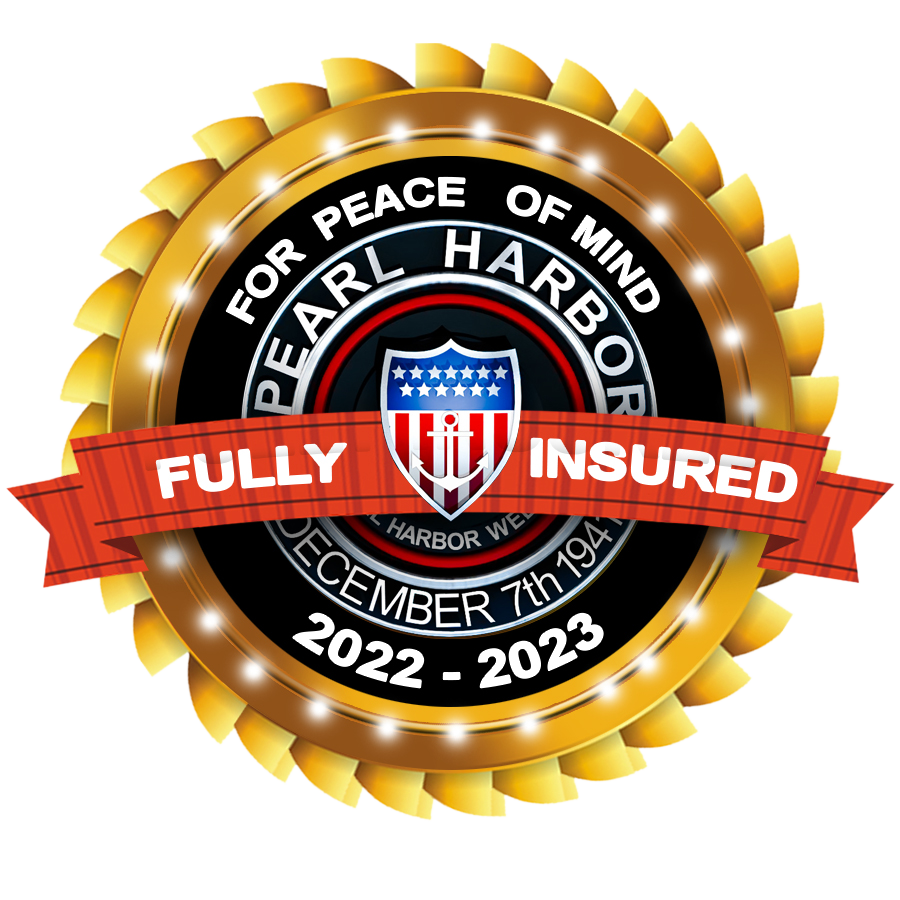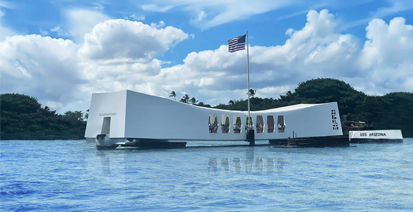How Did the Allies Win WWII?
World War II, one of the most significant and devastating conflicts in human history, reshaped the global landscape. It spanned from 1939 to 1945 and involved most of the world’s nations. The victory of the Allies over the Axis powers marked a turning point in history, leading to a new world order. But how did the Allies manage to achieve this monumental victory? Understanding the factors behind their success offers invaluable insights into military strategy, international cooperation, and the resilience of nations in the face of adversity.
The Allies, primarily comprising the United States, the Soviet Union, the United Kingdom, and China, along with many other nations, formed a powerful coalition. This unity was crucial. Despite differing political systems and ideologies, these nations put aside their differences to combat a common enemy. Their cooperation extended across military, economic, and political realms, creating a formidable front against the Axis powers.
Effective leadership and strategic planning were pivotal in the Allies’ success. Leaders such as Franklin D. Roosevelt, Winston Churchill, Joseph Stalin, and military commanders like Dwight D. Eisenhower, Bernard Montgomery, and Georgy Zhukov played critical roles. Their strategic decisions, from the planning of major offensives to managing resources, ensured that the Allies could respond effectively to Axis movements and maintain the momentum needed for victory.
Control of the Seas and Air
Naval and air superiority were crucial elements of the Allied strategy. Control of the seas allowed for the secure transportation of troops and supplies, essential for maintaining the war effort across multiple continents. The dominance in the air, achieved through extensive bombing campaigns and air superiority missions, disrupted Axis supply lines and infrastructure, crippling their ability to sustain prolonged combat.
Significant Battles and Turning Points
Several key battles marked turning points in the war, significantly shifting the balance in favor of the Allies. The Battle of Britain demonstrated the resilience of the UK and prevented a German invasion. The Battle of Stalingrad was a catastrophic defeat for Germany, halting their advance into the Soviet Union and beginning a series of retreats. The D-Day invasion (Operation Overlord) was perhaps the most critical turning point, as the successful landing in Normandy led to the liberation of Western Europe.
In the Pacific, the Allies faced formidable Japanese forces. Major battles, including the Battle of Midway and the island-hopping campaign, gradually eroded Japanese control. The eventual use of atomic bombs on Hiroshima and Nagasaki forced Japan’s surrender, effectively ending the war in the Pacific and solidifying the Allies’ victory.
Alliance with the Soviet Union
The inclusion of the Soviet Union in the Allied coalition was significant. Despite initial tensions, the collaboration between the Western Allies and the Soviet Union created a multifront conflict that the Axis powers could not sustain. The coordination of offensives and sharing of intelligence between these powers accelerated the downfall of the Axis.
The final collapse of the Nazi regime was marked by Adolf Hitler’s suicide on April 30, 1945. Facing inevitable defeat, Hitler’s death signified the ultimate failure of the Nazi leadership. Shortly after, Berlin fell to the Soviet forces, and Germany officially surrendered on May 7, 1945, marking the end of the war in Europe.
Atomic Bombing
After Germany’s surrender one country was still at war threatening allied forces, that is Japan. The atomic bombings of Hiroshima on August 6 and Nagasaki on August 9, 1945, were pivotal in forcing Japan’s surrender. The unprecedented destruction and massive loss of life from these bombings led to Japan’s unconditional surrender on August 15, 1945, on the deck of the USS Missouri, effectively ending World War II. These events highlighted the devastating power of nuclear weapons and marked a significant moment in global military history.
The Allied victory in WWII was the result of a complex interplay of factors, including economic superiority, effective military strategy, technological innovation, and the strength of international cooperation. The resilience and determination of the Allied nations, coupled with strategic leadership and significant contributions from resistance movements, ensured their triumph over the Axis powers. This victory not only ended one of the most devastating conflicts in history but also set the stage for a new era of international relations and cooperation.
